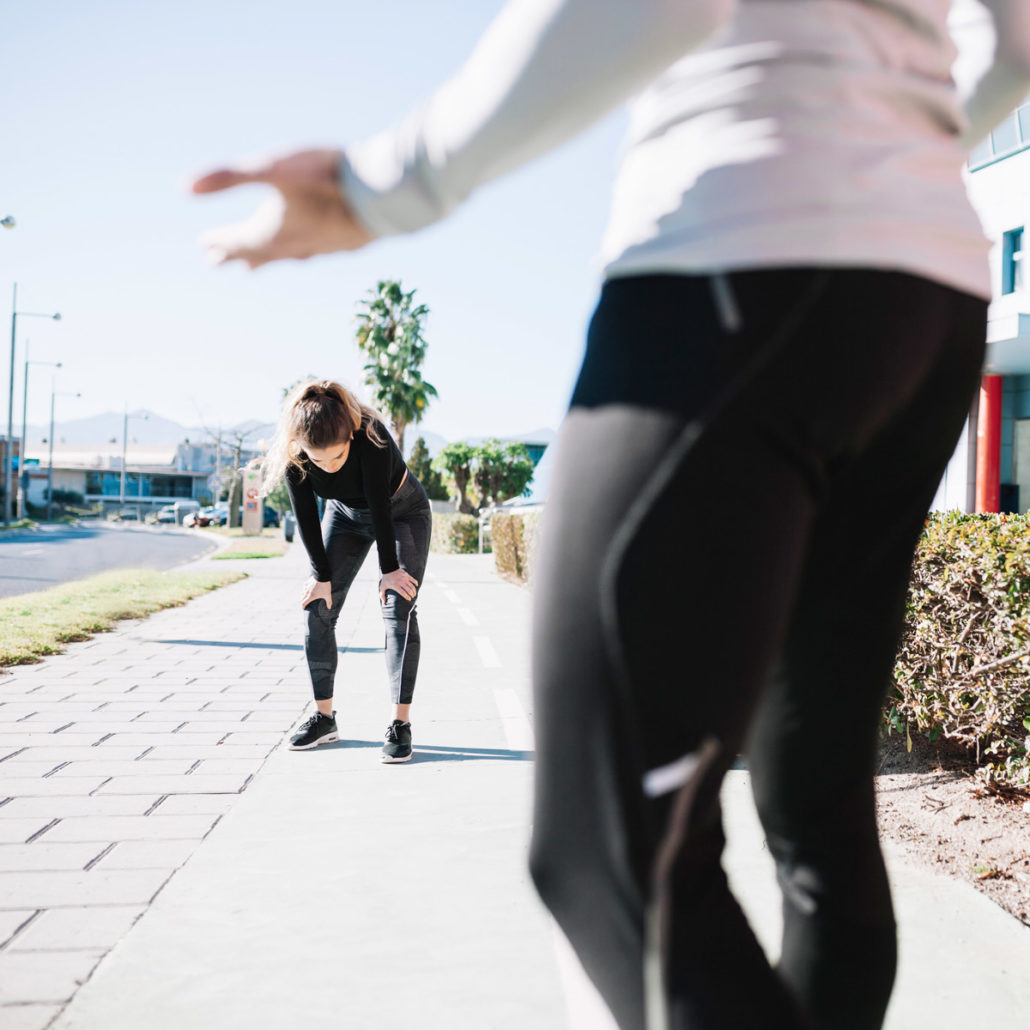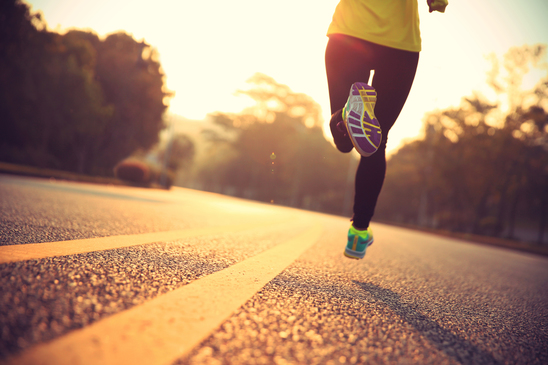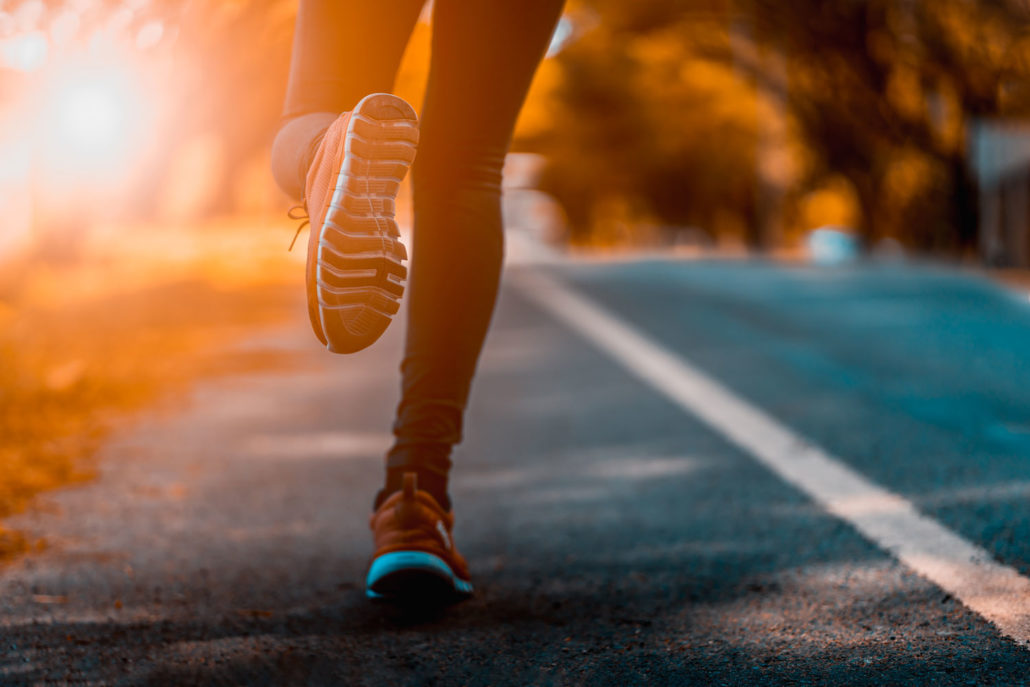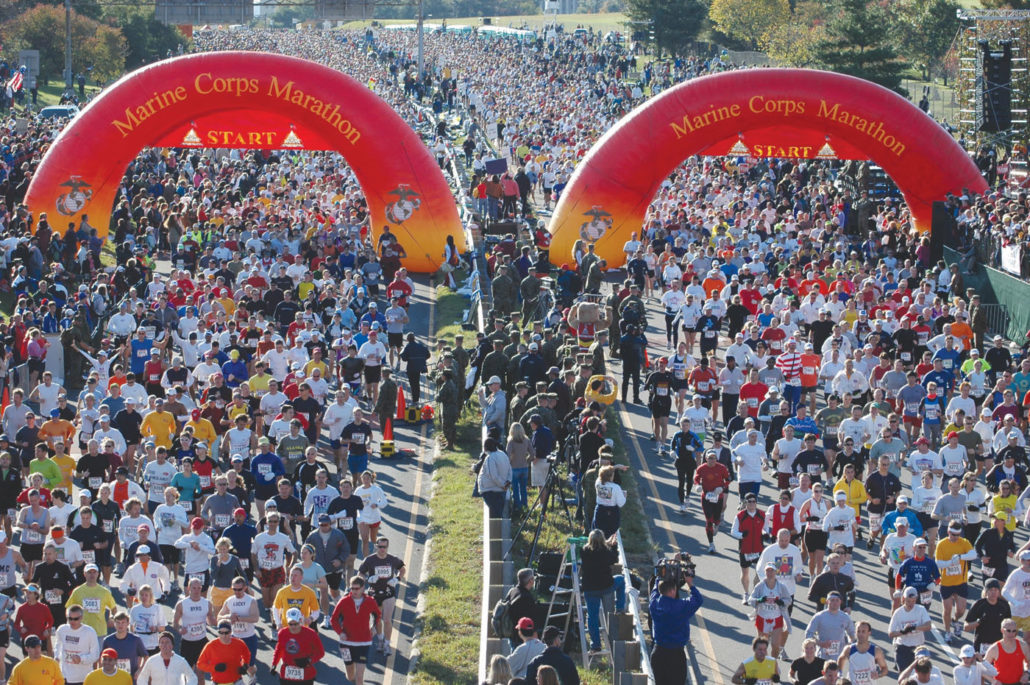Are racing flats a good idea for me?
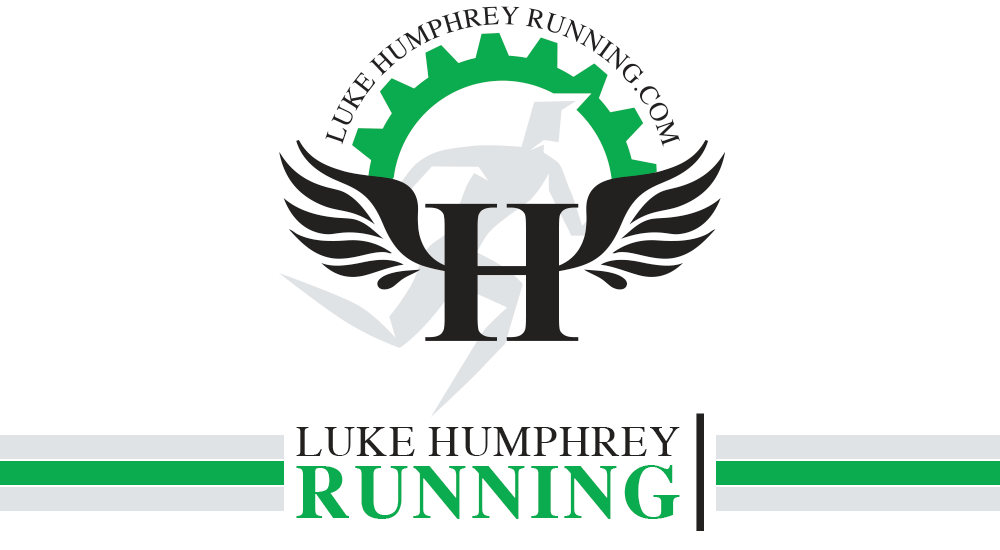
Podcast (membersonly): Play in new window | Download
Someone posed a question in our Facebook Group about whether it was a good idea to race in their trainers or make the leap into a carbon-plated shoe. I immediately thought about something my wife said regarding triathlon training, “If you want to get faster, buy a better bike.” The meaning was that you can flat-out buy some time if you can hand over some cash. As much as I have fought it, I feel like that is where we are with Super Shoes. If you fork over the cash it’s almost like buying a few seconds a mile (x26.2 miles). But is it really that simple? I also recall something that coach and exercise physiologist Pete Pfitzinger once wrote and that was something to the effect that a racing flat isn’t going to help someone unless they were close to the 3-hour mark in the marathon. He didn’t elaborate much on that statement and I now wonder if that viewpoint has changed with the evolution of the racing flat.
As I mentioned, When coach Pfitz made that statement, it was WELL before the super shoe era. At that time you had trainers, light trainers, then racing flats. So, basically, you went from heavy, to paper thin! At least, that’s what it felt like! So, unless you had really solid biomechanics, a paper-thin racing flat didn’t make sense for a lot of people, the risk wasn’t worth the reward. Now, it seems like all shoes are built lighter, faster, and more resilient despite being a neutral stability type of shoe. You seemingly don’t have to make the sacrifice between function and performance.
Using myself as an example because I was like many of you. I have flat feet, and I needed a stability shoe at the least, but also broke down quickly if I didn’t utilize an orthotic. In fact, whenever an overuse injury came on it was usually because my orthotic had seen better days or I was being a maverick and thought I could switch shoe types without consequence. Back in the day, my everyday easy run trainers were the Brooks Adrenaline. My lightweight trainers were the Ravenna (or go way back to the Axiom) that I’d use for those long runs that got a little hot! Track workouts were the old T7 series that was a little bit of mesh and a thin layer of the midsole with a big old arch cutout. My strength and marathon tempos were in the old Racer ST series.
My struggle was always this- could I race in a shoe like the T7 and survive it from a biomechanical standpoint? Or would the tiny bit of weight I’d save from those shoes be negated because I’d break down sooner and there’d be no place to hide? So, by default, I would usually err on the side of caution and go Racer ST with no orthotic. In my mind, my running economy would probably fare better in the Racer ST, which would allow me to keep everything together longer. While the T7’s were great, they were purely a shoe for speed and with my pronation, my ankles would have as much ground contact time as my foot!
Through my own experience and observing athletes over the years, I have developed a little bit of a training theory for racing flats. First off, if your training shoes are proper to your foot, you have a very good chance of staying below that injury threshold, all things considered. By that I mean, sensible training, shoes in good order, the right type for your foot, etc. Wearing a racing flat for a few workouts (for the recreational athlete) and then on race day will probably be ok. No guarantees, but from an overuse standpoint, it won’t be the small amount of wear on those shoes that get you. Even if you do cross over that potential injury threshold on race day, you will be in a down period of training and should let your body recover anyway.
The second point in my theory is that you don’t have to jump from a “heavy” trainer to a super shoe to see an improvement in performance. With today’s technology in shoes, you can get a shoe that is incredibly light and supportive but still provide the responsiveness as a flat. I think of a shoe like the Brooks Launch GTS. It’s a lighter and sleeker shoe than the adrenaline and could be a potential bridge between an adrenaline wearer and the true racing flat. I would argue that some of these lightweight trainers are nearly as light as many racing flats were even a few short years ago.
The faster you are, the more important it is to be in a shoe that can almost guarantee improved performance. It could mean the difference between a BQ or any other qualifying time and just missing out. To me, that’s where the game is now at. Adjust and adapt or be on the outside looking in.
The stronger you are physical, the more resilient you will be. That means you’ll handle a super shoe much better than if you weren’t. You can buy speed, but you still need to support it.
The slower you are, the more important it is to maintain form through a shoe that fits your needs. I simply say this because if you tend to break down at 16-18 miles, that’s a long way to have to suffer through, and just correlating percentages lost to absolute numbers you are talking about some serious numbers you can lose over the last 60-90 minutes of the race.
Unfortunately, a big drawback is dropping a few hundred bucks on a pair of shoes and then realizing they aren’t going to work for you. If that’s the case, I totally understand any hesitancy. It’s probably more reason to just take a smaller step up to something lighter weight but in line with what you train in already. As we have already discussed, there are a ton of options out there now to fit every possible void in the market. Even if it’s not to a super duper carbon plate, it’s still probably got the fancy foam and will show some improvement.
My general recommendation is that the odds are that recreational marathoners will benefit from a super shoe, but I have had a small number of people complain that they felt unstable in the super shoes. If you have a severe pronation issue, then maybe find something with either a little bit of stability or a shoe last that’s not curved. You also want to be aware of heel-to-toe offset. If you are used to a bigger traditional trainer, that is probably in the 8-11 range. Over recent years, that heel to toe offset has drifted closer to zero but has now shifted back to the 6-8 range as a sweet spot. If you are used to something in the 10-11 range, you probably want to stay at 8 and above. Otherwise, you definitely run the risk of achilles and calf issues in the later stages of a race.
So, the bottom line is, yes, a super shoe is like literally buying fitness for a lot of people. However, for some, feel unstable or don’t fit well enough to make the potential benefit worth it. The nice thing is that there has been such an overall improvement in technology in shoes over the last few years, that you can get into something that will fit your needs. Even if you need something with stability, you can into something that will be of benefit that isn’t an everyday trainer. From my experience, it does take some getting used to being in a super shoe. The stack height is a lot more than what I was used to and it almost felt like I was attempting to walk in high heels with springs. But, after a while, I got used to them. If you want to go that route, just put a small workout in them to start and then maybe a longer tempo, or two, to make sure you are ok with them. Overall, it does seem like a big percentage of recreational marathoners would benefit from a good-fitting racing flat that fits their specific needs.
Thanks so much for reading my posts and listening to my podcasts. If you like these and are looking for even more help with your running, but don’t think coaching is a step you want to take, please consider joining the Run Club. In there you will have access to all of our training plans and even all of our workouts, plus access to all of the premium content we have put together to help you become the best runner you can be. The community is pretty great, too. Be sure to check out all of the features.
